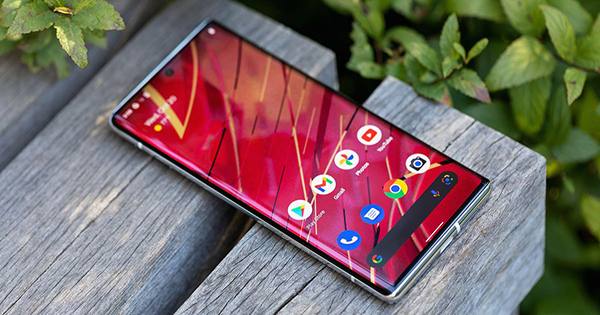As part of its attempt to broaden its presence in the South Asian market, Google will introduce support for Hinglish, a blend of Hindi and English, as well as a number of new features to its payments tool Google Pay in India. “It’s vital that we never lose sight of designing universally beneficial solutions that work for everyone regardless of their chosen language or proficiency,” Ambarish Kenghe, VP of Google Pay, said during a virtual event on Thursday.
According to Kenghe, one of the many new features Google is aiming to push out in the South Asian market is support for Hinglish, which spoken by approximately 350 million people in India. Later this year, the company will also release a tool that would allow customers simply divide expenditure with friends and family, he added. Users will soon be able to use speech to fill out data like bank account information for merchant payments. “You may say it in Hindi or English, and we’ll figure it out automatically,” he added.
Google Pay, which introduced four years ago in India, has quickly become one of the most popular peer-to-peer payment programs in the world’s second-largest internet market, one of Google’s main goals with the payments app, which previously known as Tez, has been to cater to merchants and enterprises. According to Kenghe, more than 10 million retailers in India use Google Pay currently. To expand its reach in this market, Google introduced My Shop, which would allow retailers to open online stores on the Google Pay app “in minutes.”
Merchants would be able easily present their goods on the app by using a prepared template, he added. They will also be able to enter details like their company hours and delivery options.
According to him, having a Google Pay online shop will help retailers to seen on Google Maps and Google Search. In India, the function will be available later this month. In India, a group of retail banks established UPI, a payments infrastructure that allows interoperability and costs no fees for transactions, four years ago. The country, which had previously seen rapid acceptance of mobile payments, saw UPI further accelerate that growth.
The system now processes 3.6 billion transactions per month, and Google has advised the Federal Reserve of the United States to create a comparable real-time payments infrastructure in the United States in 2019. “As exciting as the previous several years have been for India’s digital payments, we are still in the early stages.” We look forward to doing our role and leveraging technology to provide more economic opportunities for everyone in India as India sets new norms for future payments throughout the globe,” he added.















